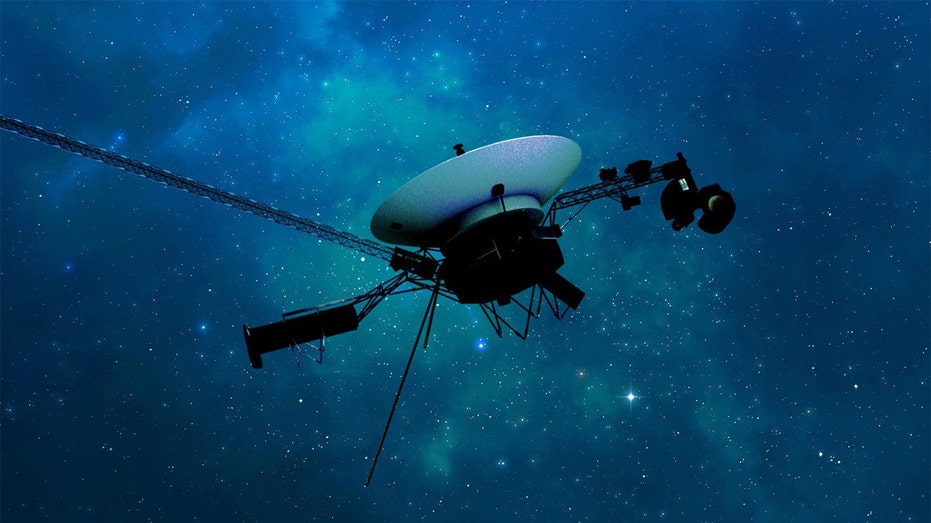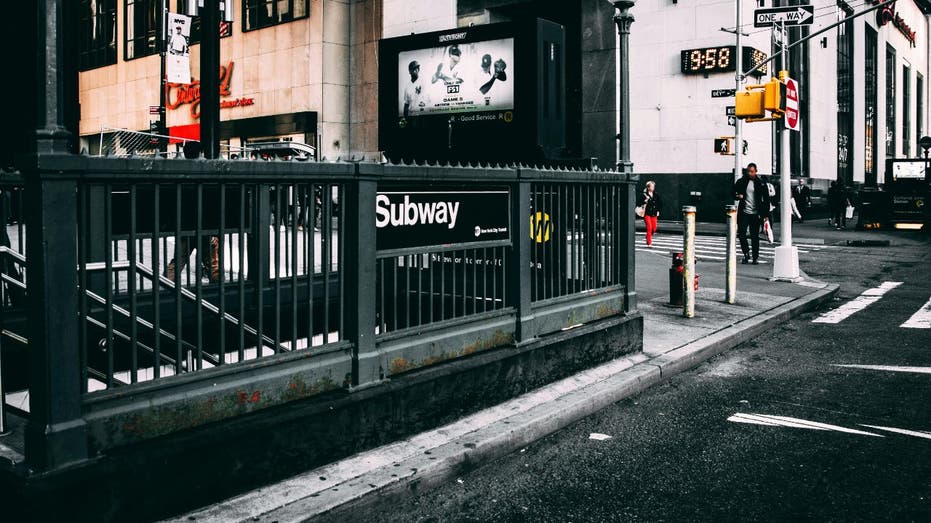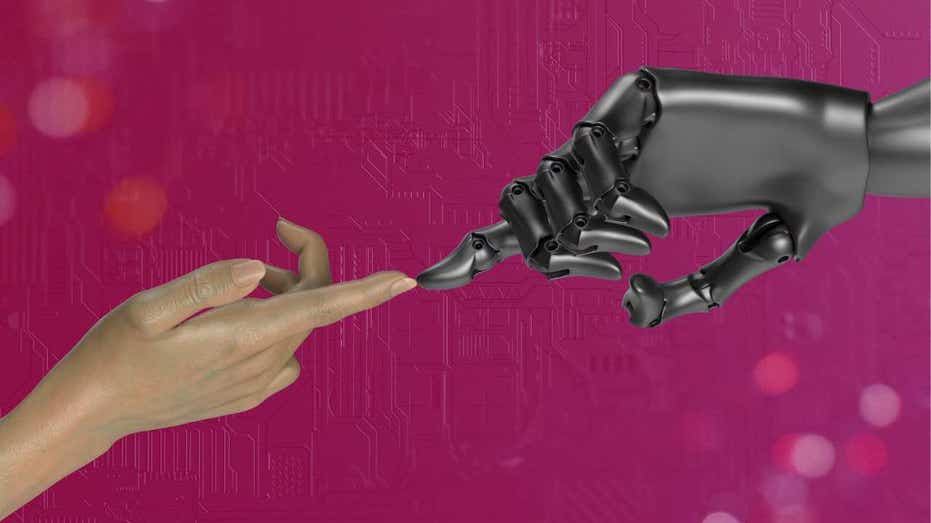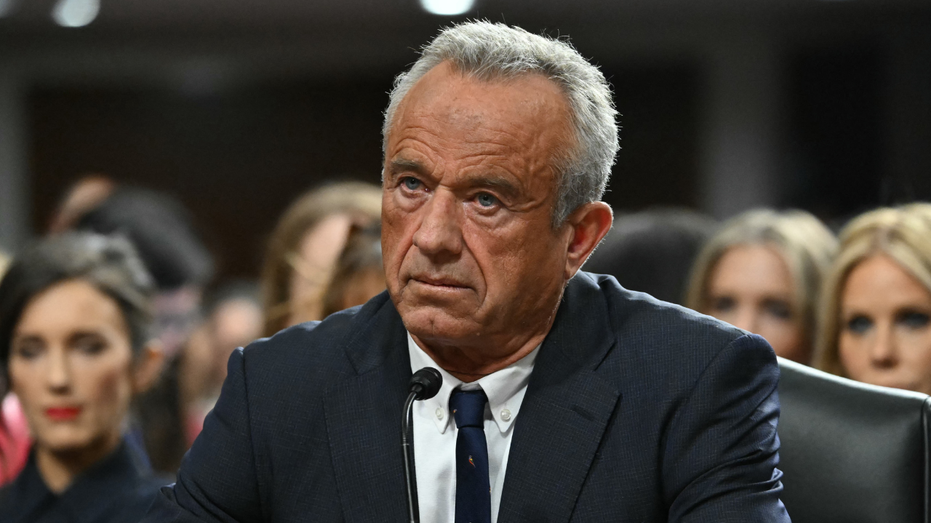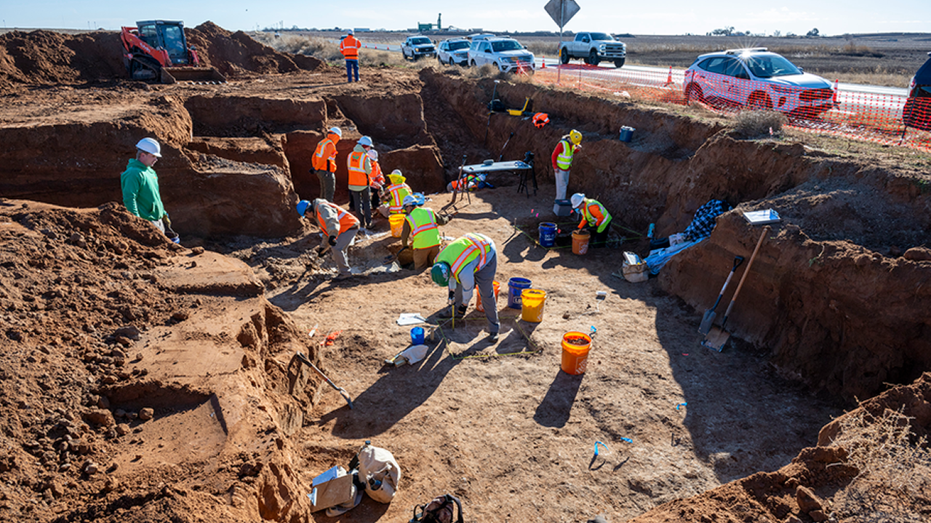- by foxnews
- 24 May 2025
TechScape: Do Apple’s bigger car screens take driving in the right direction?
TechScape: Do Apple’s bigger car screens take driving in the right direction?
- by theguardian
- 10 Jun 2022
- in technology
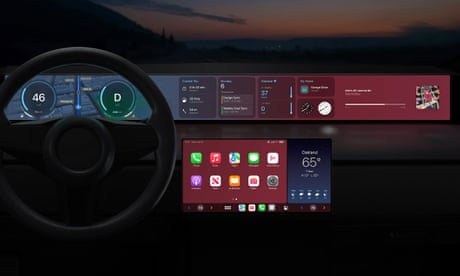
Apple's annual developer event, WWDC, is in full swing. "Dub Dub", as it's known, is about more than the company's regular product launches, which are focused on the physical devices soon to hit store shelves - it is a chance for Tim Cook's team to shape the conversation more broadly: focus attention where they want it, guide the eyes of the world to the next big thing, and steer developers towards working on the products and services necessary to enable the hardware still in the pipeline to flourish.
In previous years, that has included a strong focus on augmented reality technology, encouraging developers to adopt the company's tools for building AR experiences. That has had both a short-term and a long-term advantage: Apple has included increasingly advanced Lidar sensors (think radar but with light) on iPhones and iPads, capable of mapping a room in fine detail. In the long term, it's meant there's a community of developers capable of working with the technology that Apple will use in its much-rumoured AR glasses.
This year, we saw similar approaches across the board. The company showed off a new lock screen for the iPhone, that lets users customise far more than just the wallpaper, from the font used for the clock to the placement and location of widgets on the lock screen itself. (We will now take a brief pause while the Android users in the audience point out that they've had this for years.)
The changes will be useful from day one and be a clear advantage in three months when, if supply-chain leaks are accurate, the latest iPhones will have an always-on display. That feature turning the lock screen from something you see briefly while waiting for Face ID to kick in to a near-permanent presence in your life if you, like many, have your phone face-up on a desk or table for vast chunks of the day.
Yet sometimes that focus can be tiresome. When your wishlist is topped by minor feature updates and bug fixes to its current product, it can be wearying to find Apple instead driven by the relentless urge for growth to tackle another entirely new area.
What's less common is to find it actively worrying. But that's the feeling I had as the focus of Monday's keynote shifted from smart-home technology to updates for Apple's CarPlay service for connected vehicles.
Can't drive, won't drive
I should preface this by saying that I don't drive, so news about CarPlay serves less as a hype reel of the features that will be arriving in my car over the coming year, and more as a foreboding look at all the things that will be drawing drivers' attention away from the important task of not hitting me as I cross the road.
Through that lens, the CarPlay news was unsettling. "Cars have changed a lot," said Emily Schubert, a senior manager in the company's Car Experience team. "With larger-size screens and more of them throughout the car, there is an opportunity for iPhone to play an even more important role. We've been working with automakers to reinvent the in-car experience, across all of the driver's screens."
Apple's preview showed a car with a dizzying amount of information at the driver's fingertips. As well as a digital speedometer and tachometer, and a turn-by-turn map updated in between them, the display stretched off into the distance along the dashboard: information about the current trip (including ETA and fuel economy); events in the calendar; the air quality and UV index of the local area; two analogue clocks; the fact that the home garage door was closed; and the song playing on the stereo. Underneath was a second screen, with yet more weather information, and a full-size display of app icons, including news, phone and messages.
You can choose curated themes and styles for your gauges," Schubert explained. "And automakers from around the world are excited to bring this new vision of CarPlay to customers."
I bet they are. The old joke was that cars were sold on the feel of the door slamming shut, rather than passenger safety or fuel economy; the new truth appears to be that more important than either of those are the size and shape of the in-car entertainment system - a fact that Apple is pleased to promote, noting that: "CarPlay is available on over 98% of cars in the US [and] 79% of US buyers would only consider a car that works with CarPlay."
But not one word of Schubert's presentation addressed the safety ramifications of fitting ever-larger screens in cars, nor opening up a bevy of customisation options for users. (Apple sent me a holding email and ignored my questions asking if the company had researched the issue before embarking on development.)
Safety over style
For all that Tesla, which has pioneered the trend towards massive screens sitting in the central console of a vehicle, might wish otherwise, most cars do not yet drive themselves. But the more tasks that are shifted from buttons and dials to a touchscreen device, the less a driver is able to do while devoting their attention to the road ahead. A 2017 report from the American Automobile Association found that some tasks can be tremendously distracting: programming a navigation system took an average of 40 seconds, all of which left the driver unable to focus on the most important task at hand. "Just because a technology is available while driving does not mean it is safe or easy to use when behind the wheel. Drivers should only use these technologies for legitimate emergencies or urgent, driving-related purposes," said Jake Nelson, the Automobile Association of America's director of traffic safety advocacy and research.
There are other small dangers that add up. A large backlit screen in front of your face poses new problems for night driving; a shift from tactile knobs and dials to smooth glass for air conditioning and other comfort features adds yet further reasons to glance away from the road.
I don't doubt that Apple does have a safety story to tell here. The company's continued investment in Siri means that more tasks than ever can be performed without taking your eyes off the road. And it's important to not let the perfect be the enemy of the good: a world without these screens is unlikely to be a world full of great, law-abiding drivers, but rather just a world where more people than ever are comfortable holding their phone in one hand as they drive with the other.
But my priority for an in-car display is providing a driver with the information they need to get from A to B without endangering me, other road users, other drivers and themselves. To listen to Apple's presentation, one could be forgiven for believing that the priority is to let drivers choose the colours for the speedometer.
A brief update on Musk: he continues to try not to buy Twitter, the company he offered $44bn (�35bn) to acquire in April with a goal of "defeating the spam bots", because he apparently worries there might be a lot of spam bots on the social network:
The Tesla boss explicitly waived the right to due diligence as part of his offer, which once seemed as if it was progressing at record pace. But in late May, around the time of a widespread crash in tech stocks that affected Musk's own holdings as well as those of other social networks, he seemed to develop a sudden deeply held belief that Twitter had lied about the number of fake accounts on the site, which the company had already claimed hovered at around 5%.
Now, Twitter is providing him with grounds to walk away from the deal entirely, Musk argues.
Whether Musk wants to back out, or merely renegotiate the deal for better terms, is unclear, but it'd take a very trusting person to believe that he was genuinely surprised by fake accounts and changed his mind. Whether or not the courts buy it - or Twitter folds before it even reaches a judge - is a different matter, of course. Will Musk's record run of getting away with shit continue?
- by foxnews
- descember 09, 2016
Texas road construction unearths 'colossal' prehistoric remains of 'big ol' animals'
Archaeologists in Texas recently discovered prehistoric megafauna bones, including a giant ground sloth, during a highway project in Lubbock, according to officials.
read more